As industrial production continues to rely more and more on water resources, enterprises are facing increasingly severe challenges in water resource management. How to improve the efficiency of water resource utilization while ensuring smooth production has become a focus of modern enterprises. As the core equipment for water resource transportation and management, the role of industrial water pumps cannot be ignored. Advanced industrial water pumps can not only efficiently transport water resources, but also help enterprises optimize water use structure and improve the overall water resource management level through multiple advantages.
The advantages of industrial water pumps in water transportation efficiency are obvious. Modern industrial water pumps usually use high-efficiency motors and fluid dynamics design, which greatly improves the energy efficiency ratio of the pump. This means that under the same water flow and head conditions, industrial water pumps can consume less electricity, thereby reducing the operating costs of enterprises. At the same time, energy-saving water pumps reduce the use of electricity, indirectly reduce carbon emissions, and play a positive role in environmental protection. For enterprises, choosing efficient industrial water pumps not only saves energy costs, but also improves the green level of overall production.
With the development of intelligent manufacturing and industrial automation, industrial water pumps are equipped with more and more intelligent control technologies. These control systems can monitor the operating status of the water pump in real time and dynamically adjust the operating speed and water flow of the water pump according to actual production needs. Such precise control avoids the previous extensive management of a single switch for the water pump, making water use more scientific and reasonable and reducing the waste of water resources. For example, when the water demand of the production line decreases, the intelligent water pump can automatically reduce the flow rate, thereby effectively reducing unnecessary water resource consumption. When the water demand increases, the water pump can also be adjusted in time to ensure that production is not affected. This flexible water use regulation saves a lot of precious water resources for enterprises.
Different links in industrial production have different requirements for the nature and amount of water, and the diversified design of industrial water pumps just meets this demand. Whether it is transporting clean water, cooling water, or treating sewage and industrial wastewater, different types of industrial water pumps can be accurately adapted to achieve efficient transportation and utilization. This highly adaptable feature helps enterprises to reasonably allocate water resources according to specific working conditions, promote multi-level utilization and recycling of water resources, and improve the overall efficiency of water resource use. The corrosion resistance and wear resistance of industrial water pumps enable them to operate stably for a long time, reduce the frequency of failures and maintenance, and ensure production continuity. Reducing equipment failures not only avoids production line shutdowns, but also avoids water waste caused by leaks and overflows.
As companies pay more attention to environmental protection and sustainable development concepts, industrial water pumps play an important role in supporting water recycling and reuse. Many industrial water pumps are specifically used in circulating water systems and sewage treatment equipment, and can efficiently transport treated wastewater for secondary use. Through the circulating pump system, companies can significantly reduce their dependence on fresh water sources, reduce water bills, and at the same time reduce pressure on local water resources and promote green production. This function of industrial water pumps not only reflects the high performance of the equipment itself, but also reflects the company's determination to practice environmental responsibility and take the path of sustainable development.


 English
English русский
русский عربى
عربى

.jpg)
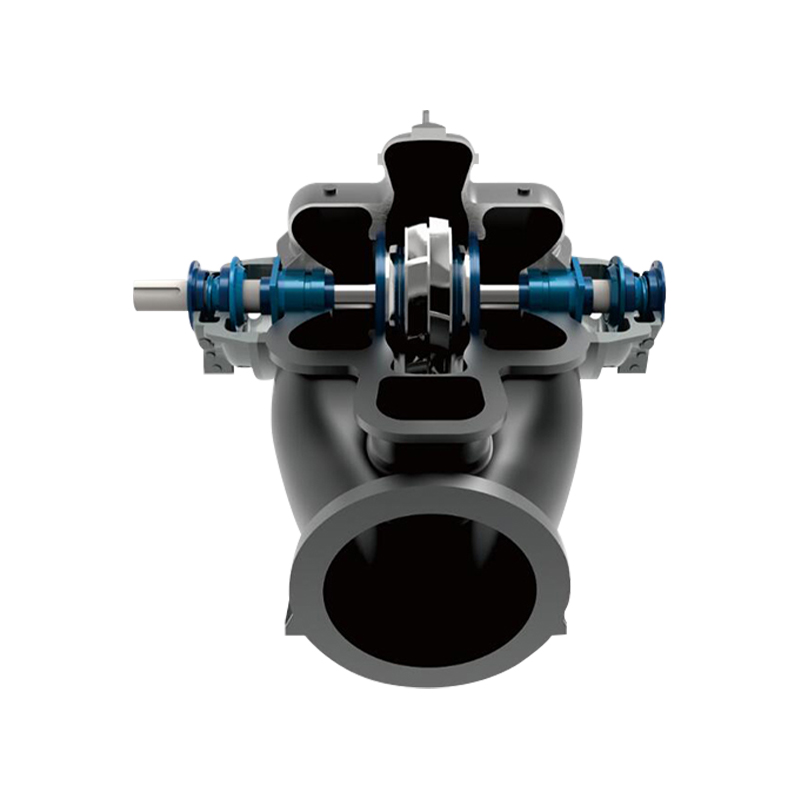
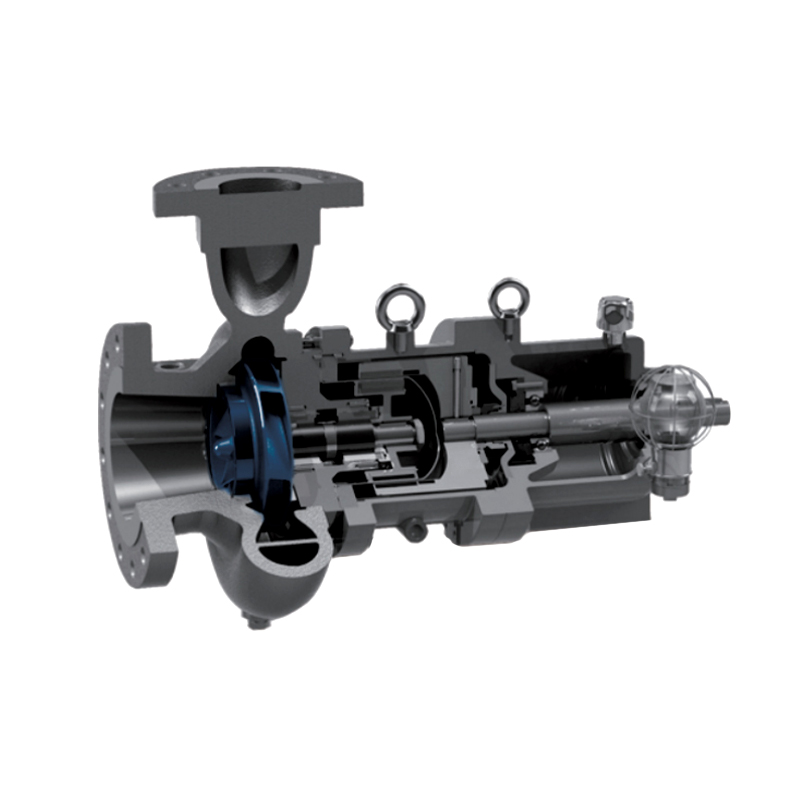
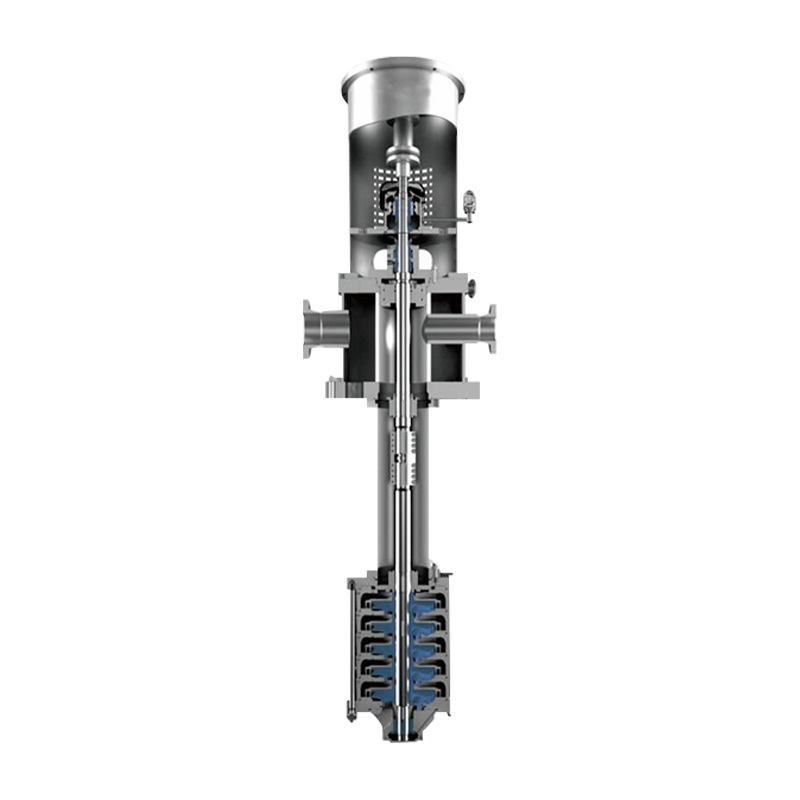
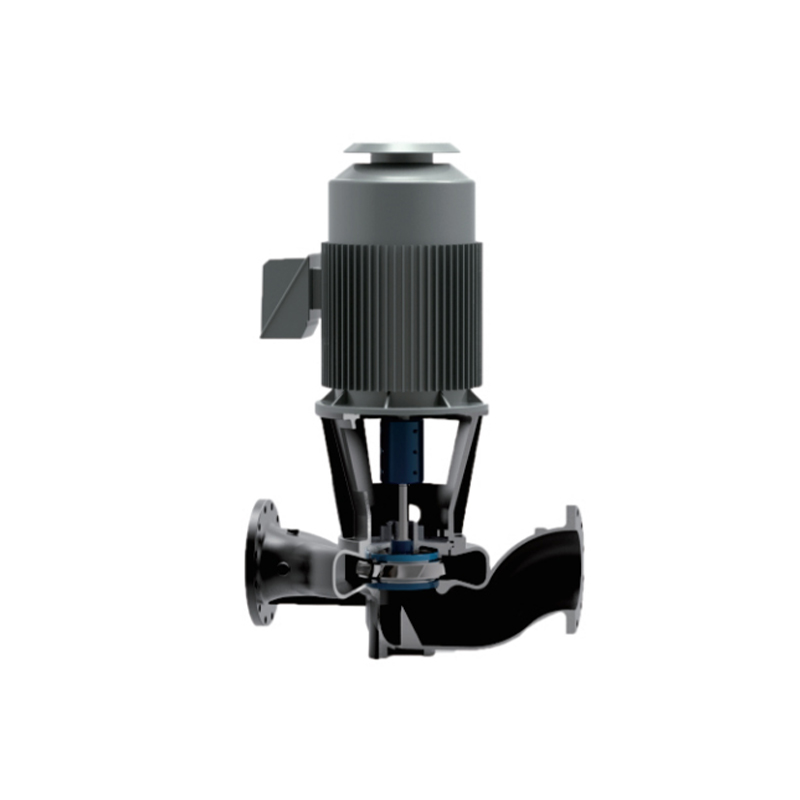
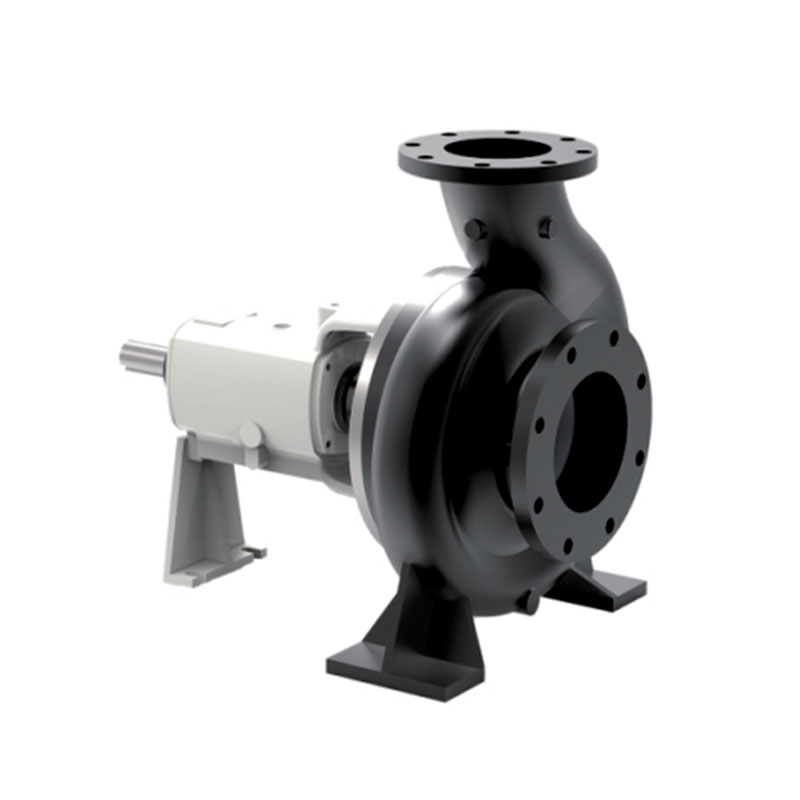
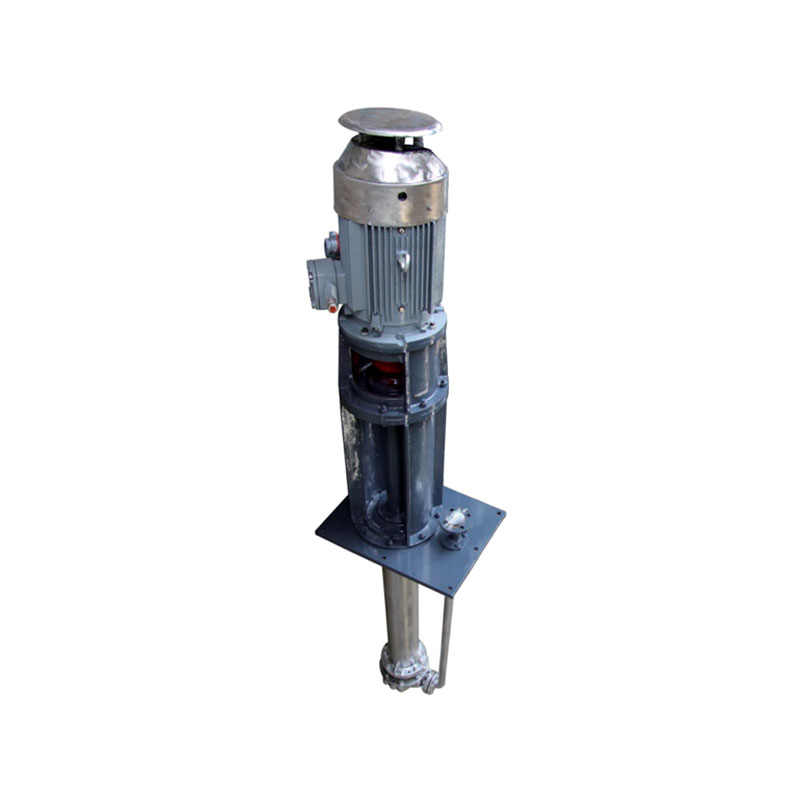
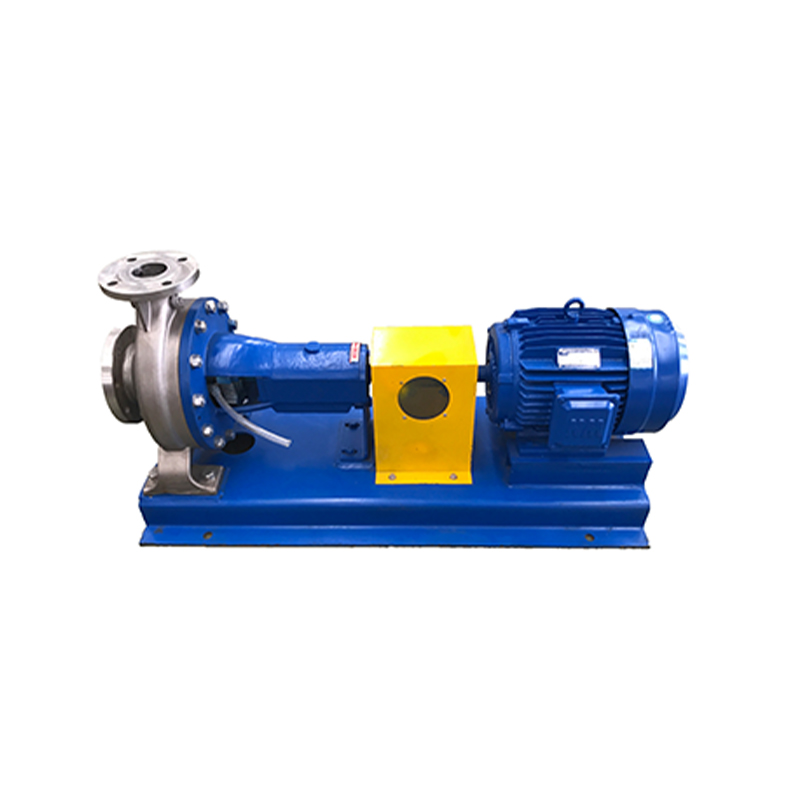

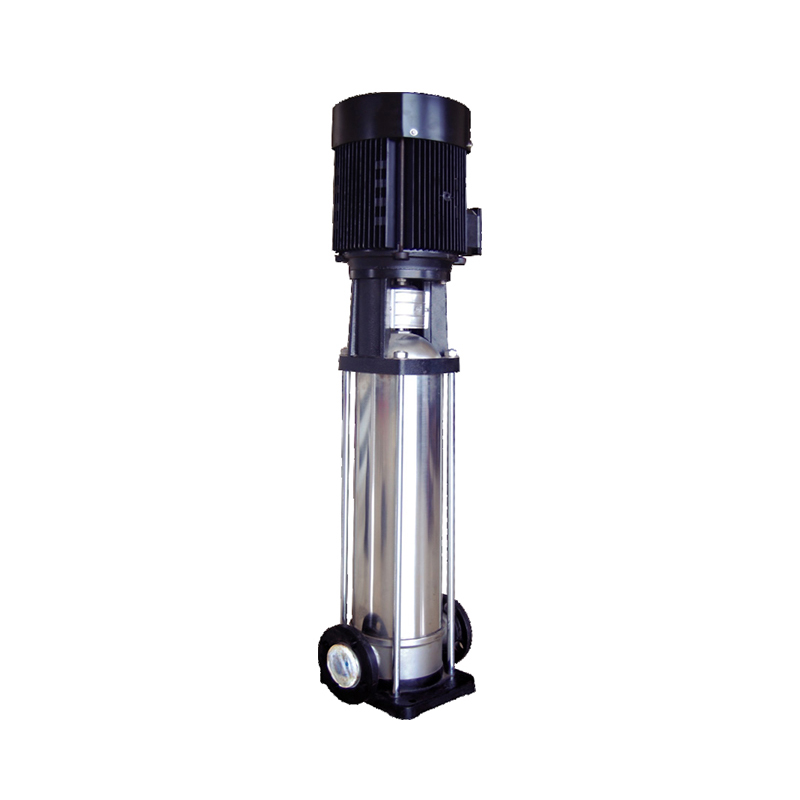






 ENG
ENG

 TOP
TOP